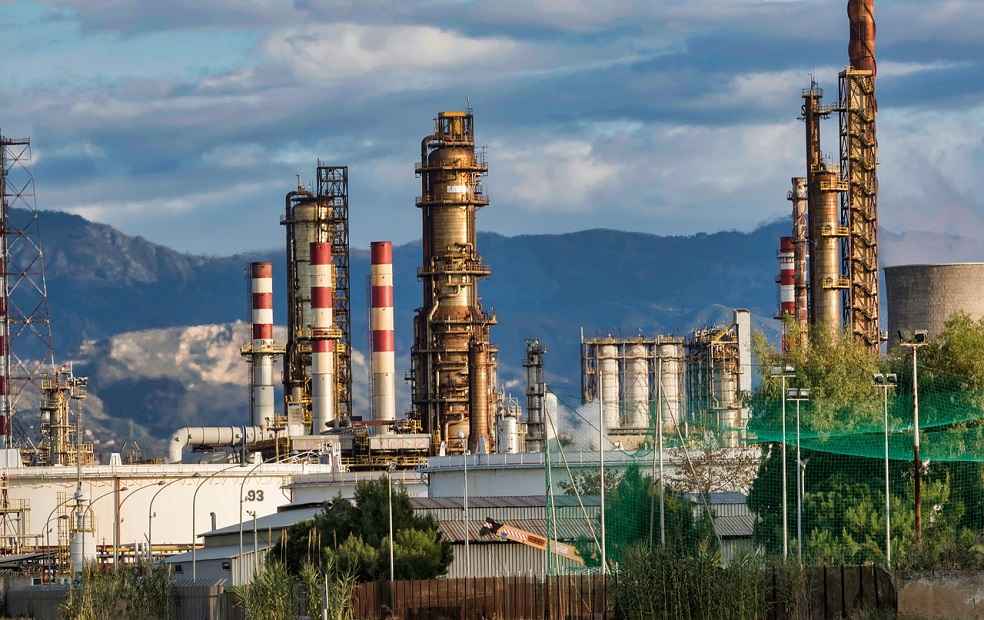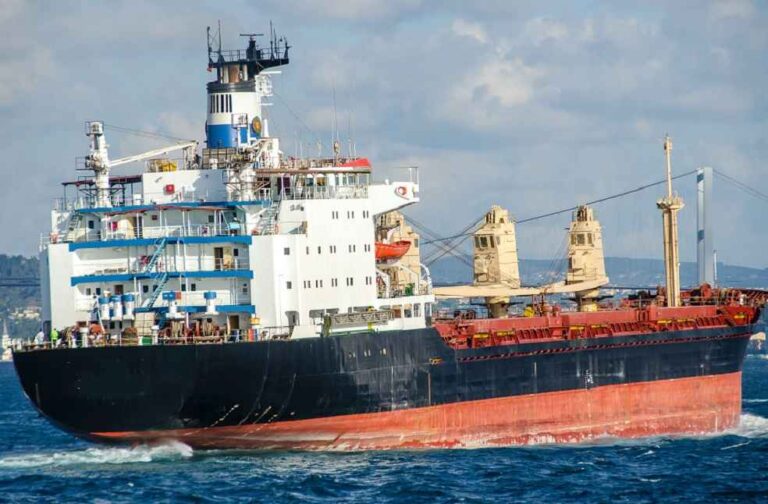The International Energy Agency (IEA), in a recent report, disclosed that India and China – two of the largest global oil consumers – accounted for 80% of Russia’s oil exports in May. This development comes amidst heavy discounts on Russian crude oil, which has found eager buyers mainly in Asia.
The report pointed out that India had raised its oil purchases from almost zero to nearly 2 million barrels per day. Meanwhile, China upped its intake by 500,000 barrels per day, reaching a total of 2.2 million barrels per day. These countries’ increased uptake has resulted in Russian-origin seaborne crude exports averaging 3.87 million barrels per day in May, marking the highest rate since Russia’s invasion of Ukraine in February 2022.
“India and China accounted for almost 80% of Russian crude oil exports in May 2023,” stated the IEA, further noting that Russia constituted 45% and 20% of crude imports for India and China, respectively.

As Europe, Russia’s traditional main crude export market, has banned imports and the G7 has imposed shipping restrictions, over 90% of Russian seaborne crude is now bound for Asia, rising significantly from pre-war levels of 34%.
India’s Russian oil imports surged to a record high, 14% above the figures recorded in April. The buying momentum for cheaper Russian crude oil remains firm, primarily due to its deep discounts. For instance, in the first three weeks of May, the Urals, Russia’s primary crude export grade, witnessed an average discount of USD 26 per barrel to Dated Brent. This was a marked change from the USD 3.70 per barrel in January 2022.
The IEA’s projections suggest a robust Indian economy in the coming years, with a 4.8% GDP growth in 2023, escalating to 6.3% in 2024, and then peaking at a strong 7% between 2025 and 2028. Factors driving this growth include favourable demographics, an expanding middle class, and India set to surpass China in terms of global year-on-year oil demand growth by 2027.

On the global stage, India has already overtaken China as the world’s most populous country in 2023. The IEA anticipates that India’s population growth, while it has been slowing for decades, will likely not peak until 2065. Propelled by trends such as urbanisation, industrialisation, and the rise of an affluent middle class with a growing desire for mobility and tourism, Indian oil demand is set to grow by more than 1 million barrels per day between 2022 and 2028.
Diesel, currently the predominant fuel, is expected to see its share in the product mix rise from 32% to 35% over this forecast period.
The IEA also noted that since early 2023, export increases from India, the Middle East, and China have trended westwards, reaching European and G7 buyers in the Atlantic Basin. These shifts have helped offset the rerouted Russian cargoes now heading eastwards to buyers east of Suez, accounting for approximately 300,000 barrels per day or about one-third of Russian exports.
DON’T MISS IT: Gold Mining: Environmental Crisis and Sustainable Shift



